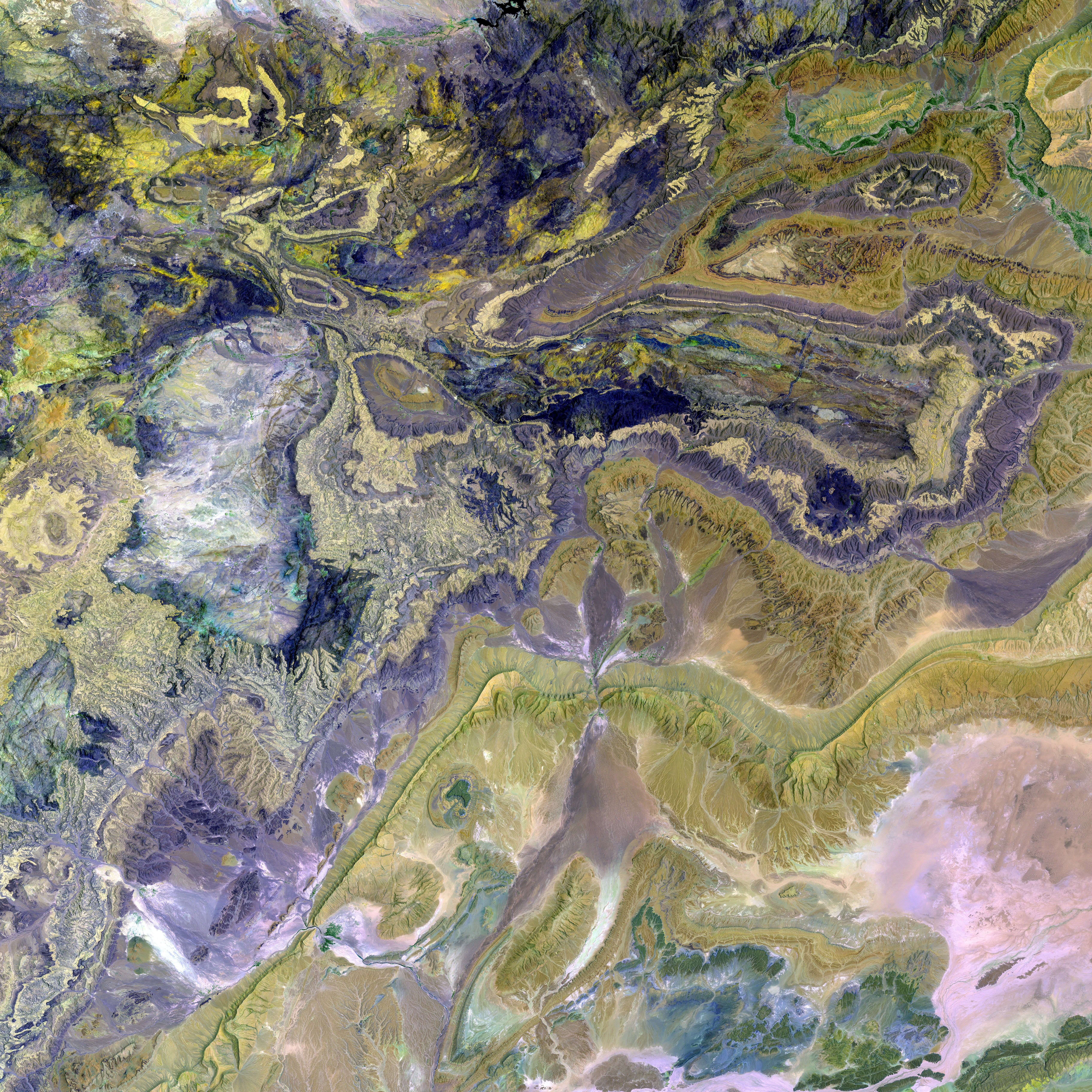Nvidia Redefines Data Centers as AI Factories, Unveils Next-Generation AI Workstations
Nvidia's Ambitious Plan: Human-Led 'AI-Powered Factories' Featuring Millions of AI Agents and Robotic Workers
At Computex 2025, Nvidia CEO Jensen Huang showcased an ambitious vision for the future, emphasizing the need for dedicated AI infrastructure and Nvidia's commitment to meet that demand. He referred to data centers as the new "AI factories," industrial-scale computing facilities designed specifically for AI workloads.
Addressing the audience, Huang stated, "AI is now infrastructure, and this infrastructure, much like the internet and electricity, needs factories. You input energy, and it yields something incredibly valuable: tokens."
To drive significant expansion, Nvidia introduced NVLink Fusion, an extension of its interconnect technology open to other manufacturers. This system enables the seamless integration of processors from various companies with Nvidia's GPUs, paving the way for high-performance, customized AI systems.
"A tectonic shift is underway. For the first time in decades, data centers must be fundamentally rearchitected, as AI is being fused into every computing platform," Huang explained in an official press release. "NVLink Fusion opens Nvidia's AI platform and rich ecosystem for partners to build specialized AI infrastructures."
This development offers developers an increased range of hardware choices, including options from third-party providers. This flexibility allows companies to build semi-custom AI systems tailored to specific workloads, optimizing for cost, performance, or specialized architectural advantages. Partnering companies include MediaTek, Marvell, Alchip Technologies, Astera Labs, Synopsys, and Cadence.
Another significant announcement came separate from Computex, involving Nvidia's expanded partnership with cloud service providers. These providers focus on renting high-end GPUs, such as NVIDIA's H100, H200, A100, and forthcoming Blackwell chips, for AI-specific workloads, like training large language models, computer vision, and inference. Some of these new partners include CoreWeave, Nebius, Crusoe, and Lambda.
Nvidia also announced plans to establish "sovereign AI" development in partnership with Saudi Arabia and the United Arab Emirates, focusing on massive infrastructure for AI training and deployment, largely driven by Trump's chip accords.
The stock market responded positively to these announcements, with Nvidia's stock rising almost 60% since its dip on April 7. However, it remained relatively stable, ranging from $132.39 to $135.35 during the last four trading days, finishing Tuesday just below the $135 mark.
In addition, Nvidia revealed plans for a new local headquarters in Taipei's Beitou Shilin Science Park, named Nvidia Constellation. The company is also expanding to Taiwan, where it plans to expand its quantum operations.
For individual developers, Nvidia launched DGX Spark, a compact AI workstation built by partners, including ASUS, Dell, and MSI. Powered by the GB10 Grace Blackwell Superchip, it offers 1,000 AI TOPS with 128GB memory, capable of supporting models with up to 200 billion parameters.
According to Huang, the AI labor shortage projected for 2030, estimated at 30 to 50 million workers, will actually hinder the world's growth. However, he sees digital agents and humanoid robots as potential solutions, with all Nvidia software engineers now working alongside AI agents to develop better code more efficiently.
Looking further into the future, he stressed the importance of humanoid robotics because they can be deployed anywhere, opening doors to vast opportunities.
In context, Nvidia's most powerful consumer GPU, the RTX 5090, boasts up to 32GB of memory and starts at $2,499.
- Nvidia's CEO Jensen Huang highlighted the need for specialized AI infrastructure, likening data centers to "AI factories" that yield valuable eth tokens through AI workloads.
- Nvidia's NVLink Fusion, an expansion of its interconnect technology, enables the integration of processors from various companies with Nvidia's GPUs, fostering high-performance AI systems that leverage data-and-cloud-computing technology, artificial-intelligence, and token economics.
- In the realm of AI, Nvidia's collaborations with cloud service providers like CoreWeave, Nebius, Crusoe, and Lambda, allow for the rental of high-end GPUs, such as the H100, H200, A100, and forthcoming Blackwell chips, for AI-specific workloads like large language models, computer vision, and inference.








